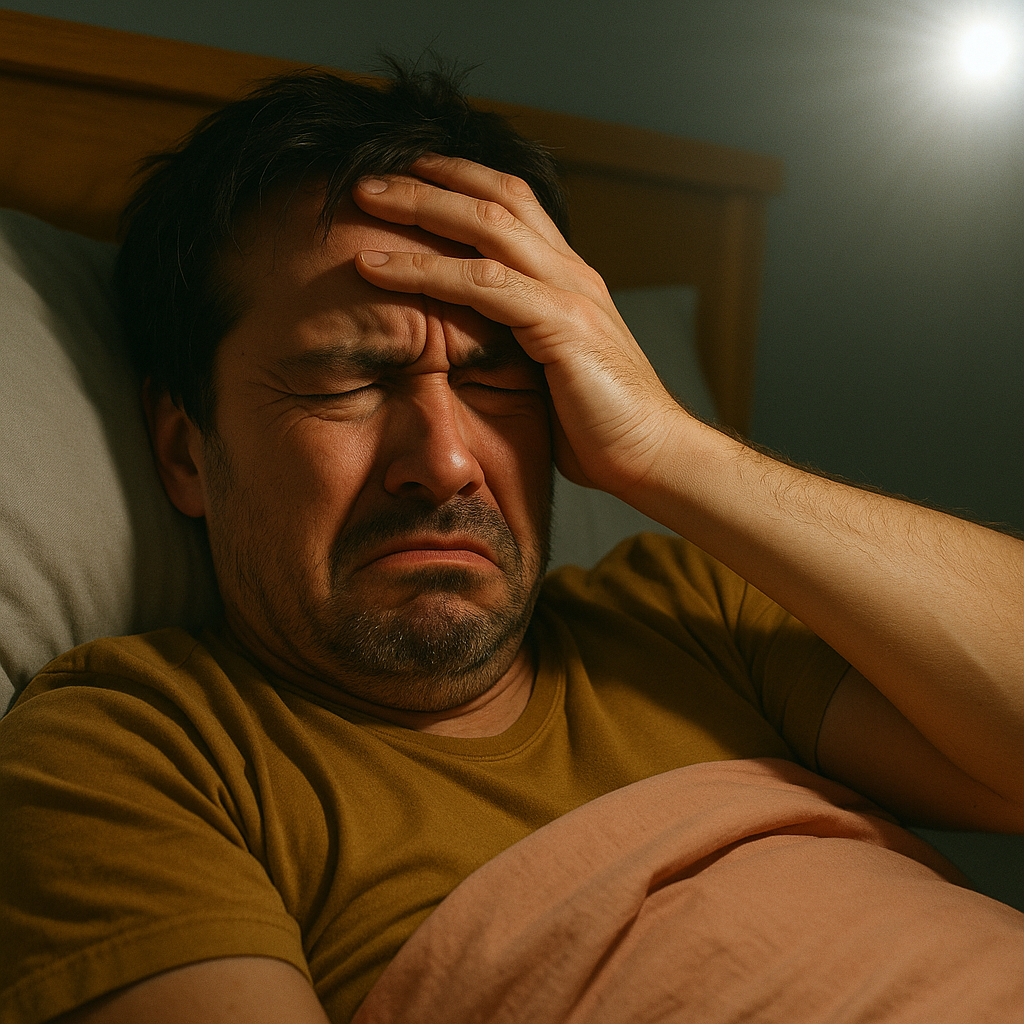Sd.1 / The Light in Your Life: How Light Exposure Affects Sleep Quality
Why do so many of us struggle with sleep in the modern world? One major factor is right in front of our eyes — literally.
It’s light.
Light doesn’t just help us see — it regulates our biology. Specifically, it influences our circadian rhythm, the internal body clock that tells us when to sleep and when to be alert. Exposure to light, especially at the wrong times, can delay our sleep, disrupt our sleep cycles, and reduce the quality of rest we get.
How Daylight Sets the Tone
Natural light is crucial for setting your sleep-wake schedule. Exposure to sunlight in the morning triggers the brain to reduce melatonin (the hormone that makes you sleepy) and boosts alertness. As the day progresses and light fades, melatonin levels rise again — preparing you for sleep. But in the age of screens and artificial lighting, we’re throwing that process off balance.
Key Fact: Daylight delivers up to 10,000 lux, while typical indoor lighting only hits 500 lux. That’s a big difference — and it matters.
The Hidden Danger of Artificial Light
At night, our homes glow with blue-rich LED light from phones, TVs, and laptops. This blue light suppresses melatonin far more than warm light, telling the brain: “Stay awake.”
Studies show that even low levels of light during sleep (as little as 10 lux) can:
Fragment sleep cycles
Delay natural wake times
Lower overall sleep efficiency
And yes — your eyelids don’t block enough light to protect you.
Sd.1 /
The Light in Your Life: How Light Exposure Affects Sleep Quality
What Happens When We Get It Wrong
Later Sleep Offset: You wake up groggy and out of sync.
Increased Fragmentation: You wake more often throughout the night.
Reduced Sleep Percentage: You spend less of the night actually asleep.
Over time, poor light hygiene is associated with weight gain, mood disturbances, and even increased risk of cancer.
“Even dim light while sleeping can suppress melatonin and disrupt your sleep cycle. The darker, the better.” — Journal of Clinical Endocrinology
Practical Tips for Light-Proof Sleep
Sleep in darkness: Use blackout curtains or wear a high-quality eye mask.
Avoid screens before bed: If you must use devices, turn on night mode or use blue-light filters.
Use low, warm lighting in the evening: Think amber lamps, not overhead LEDs.
No lights during sleep: Remove electronics or use a timer for lights and screens.
Want Better Sleep?
You don’t need to change your whole life — just your lighting habits. Start by dimming your bedroom an hour before bed, and try sleeping in total darkness for 7 nights straight.
And if you need support, the Shloof Sleep Sanctuary was engineered for exactly this — delivering complete light and sound blocking in any environment. But we’ll get to that later.

